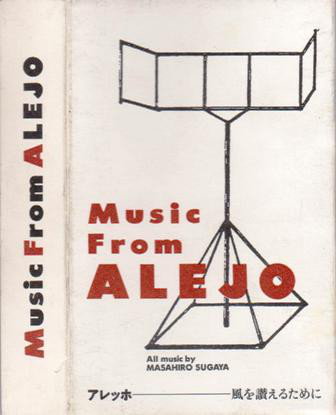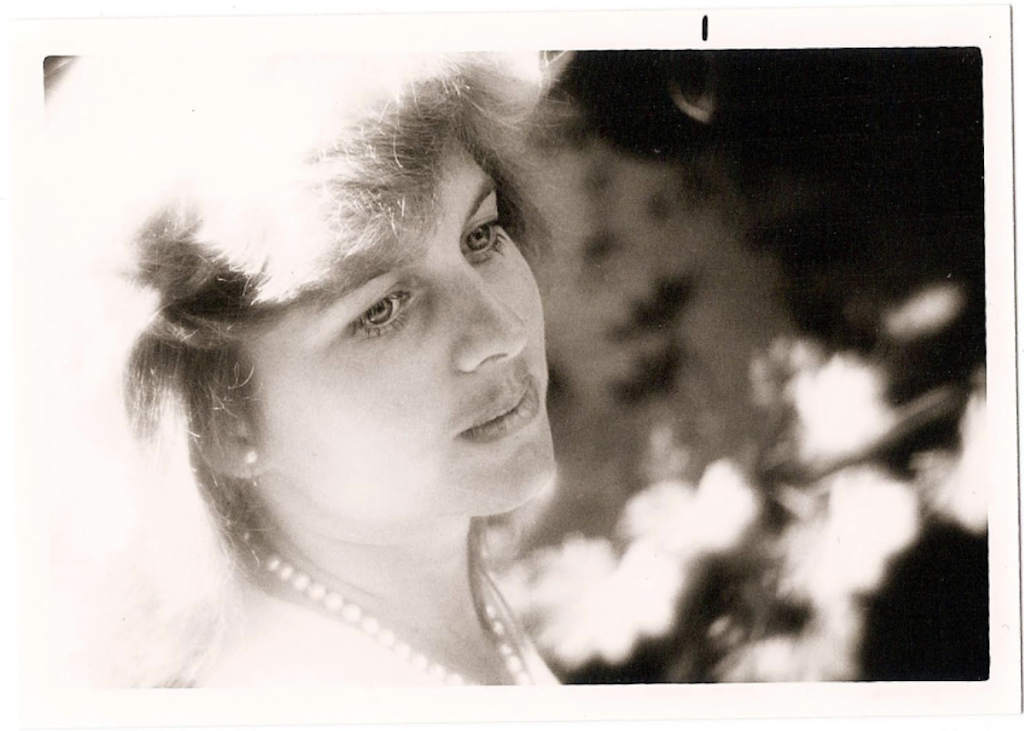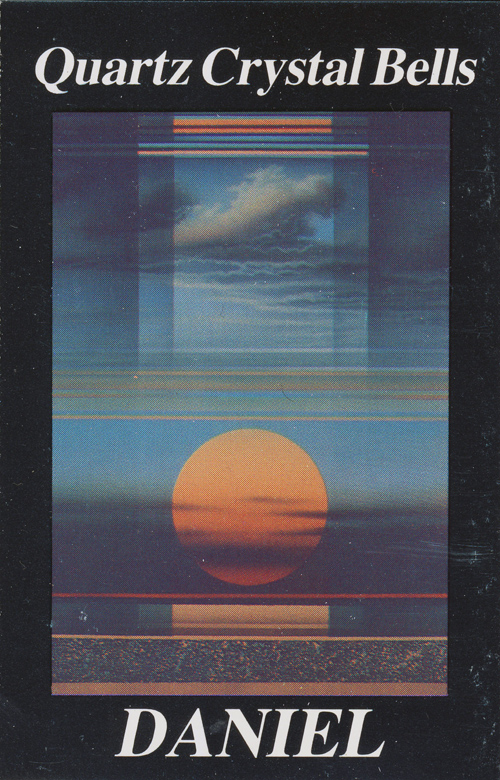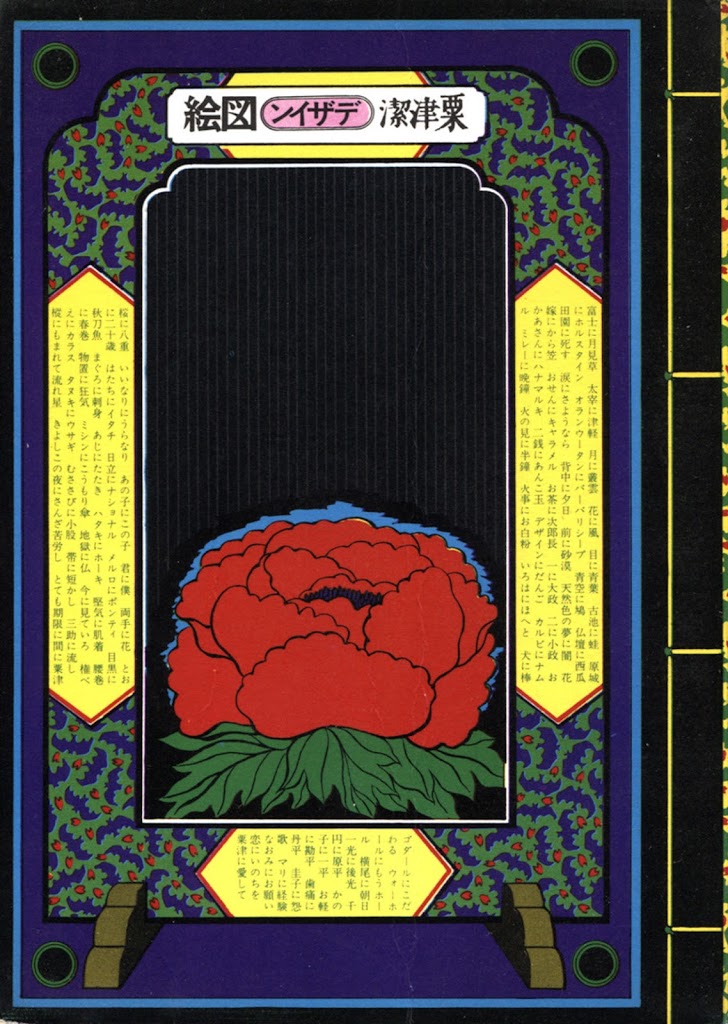
Listen to my newest mix for
NTS Radio below. Moody slow-burners, futuristic textures, and a few anachronisms. If you like it, you can
download an mp3 version here. Enjoy!
Tracklist:
1. Владимир Леви & Ким Брейтбург – Не Уходи, Дарящий (thanks David!)
2. Susumu Yokota – King Dragonfly
3. Roberto Musci & Giovanni Venosta – Water Music
4. Ichiko Hashimoto – La, La Maladie Du Sommeil
5. Penguin Café Orchestra – Numbers 1-4
6. John Martyn – Please Fall In Love With Me
7. Yumi Murata – Face To Face
8. Unknown Artists (Burundi) – Akazehe Par Deux Jeunes Filles
9. Ryuichi Sakamoto – Put Your Hands Up (Opening) (TBS News 23 1997)
10. Wilson Tanner – Pilot
11. Françoise Hardy – Ce N’est Pas Un Rêve
12. Sean McCann – Video Singing Score No.3
13. Alice Coltrane – Yamuna Tira Vihari
14. Nuno Canavarro – Antica/Burun
15. Dolly Parton – Gonna Hurry (As Slow As I Can)
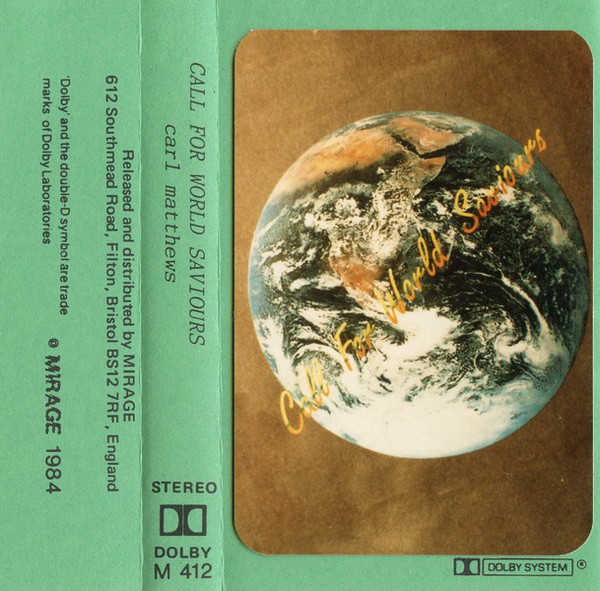 Weightless, shimmering ambient; sometimes dark and sometimes cosmic. A Steve Roach-esque floatiness, but stringier and more pastoral.
This was re-released by Sandpiper Records in 2003, but the label seems to no longer be active and has put all its releases up for free download on archive.org — there are a few other Carl Matthews releases available there if you’re interested.
Weightless, shimmering ambient; sometimes dark and sometimes cosmic. A Steve Roach-esque floatiness, but stringier and more pastoral.
This was re-released by Sandpiper Records in 2003, but the label seems to no longer be active and has put all its releases up for free download on archive.org — there are a few other Carl Matthews releases available there if you’re interested.
 Weightless, shimmering ambient; sometimes dark and sometimes cosmic. A Steve Roach-esque floatiness, but stringier and more pastoral.
This was re-released by Sandpiper Records in 2003, but the label seems to no longer be active and has put all its releases up for free download on archive.org — there are a few other Carl Matthews releases available there if you’re interested.
Weightless, shimmering ambient; sometimes dark and sometimes cosmic. A Steve Roach-esque floatiness, but stringier and more pastoral.
This was re-released by Sandpiper Records in 2003, but the label seems to no longer be active and has put all its releases up for free download on archive.org — there are a few other Carl Matthews releases available there if you’re interested.

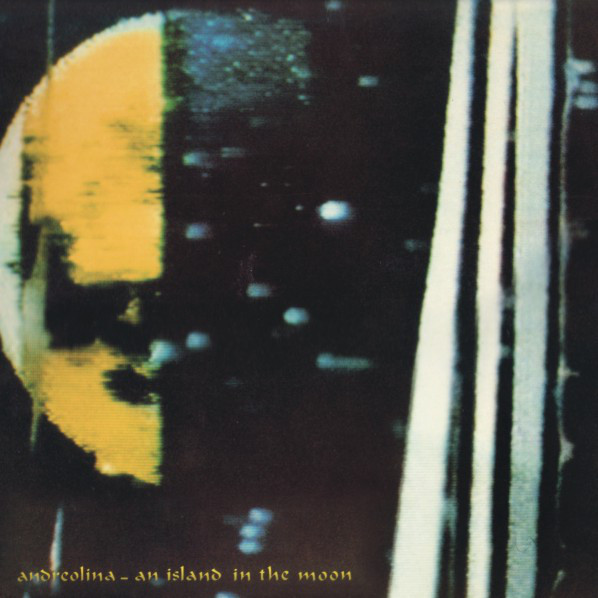 Sublime collaboration between Silvio Linardi (who’s collaborated with David Sylvian,
Sublime collaboration between Silvio Linardi (who’s collaborated with David Sylvian, 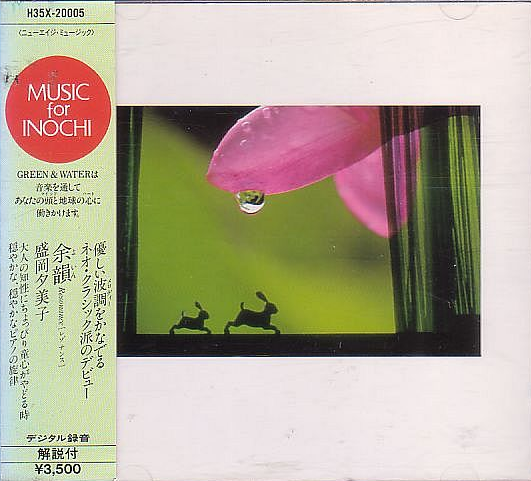
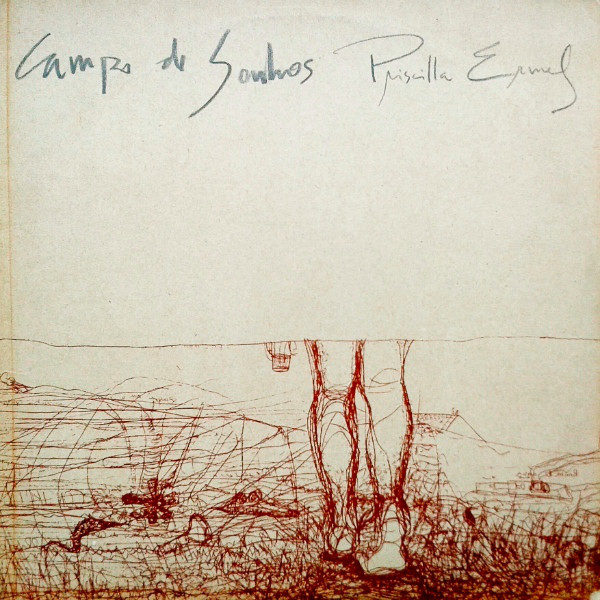

 Listen to my newest mix for
Listen to my newest mix for 